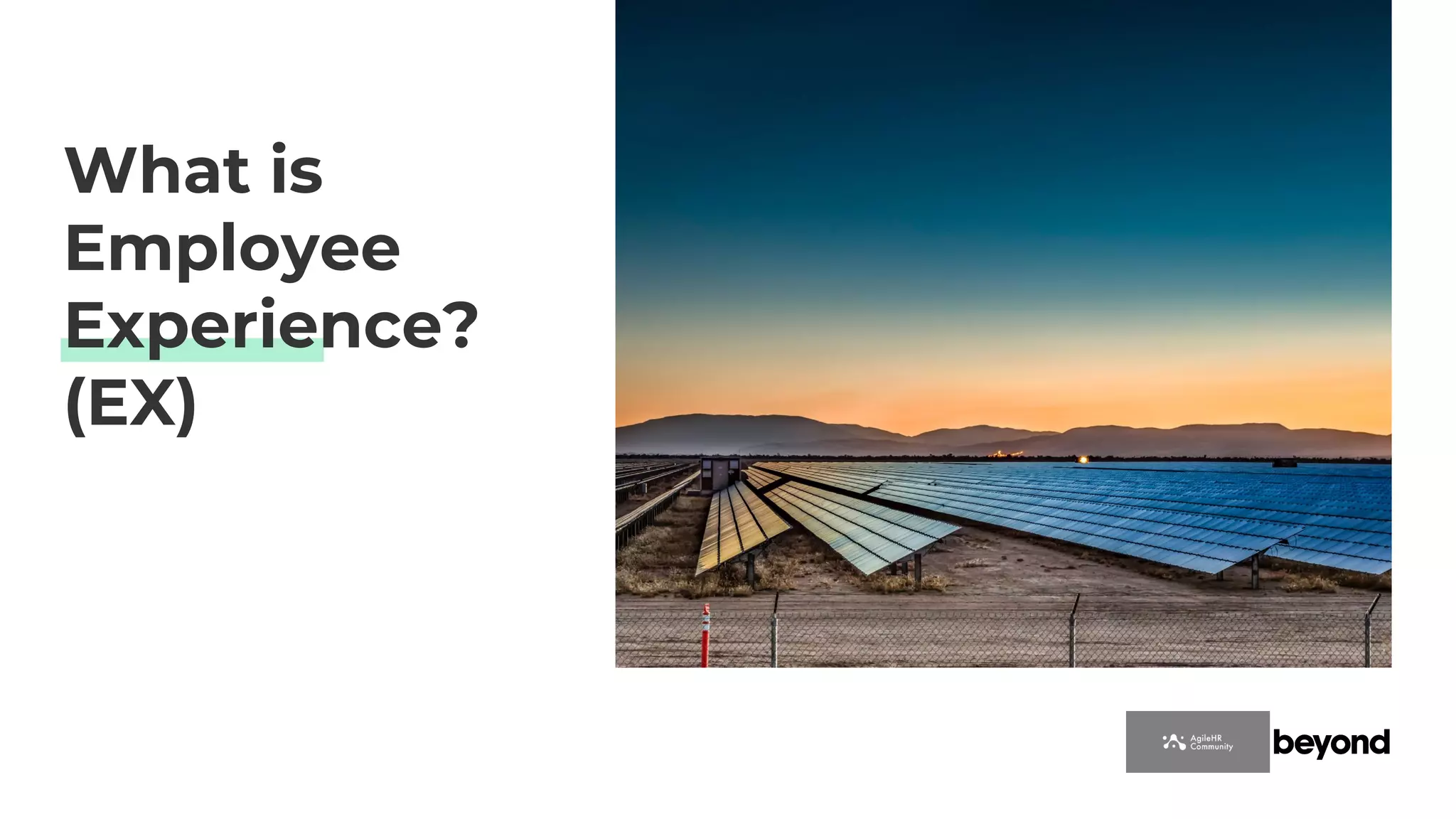The document outlines an agenda for a design thinking workshop held on February 21, 2019, featuring various speakers who discuss the principles of design thinking and its application in human resources. Participants will engage in interactive sessions aimed at identifying problems, brainstorming solutions, and validating ideas related to recruitment processes and employee experiences. The event emphasizes collaboration, creative problem-solving, and the importance of understanding human needs within organizational contexts.







































































